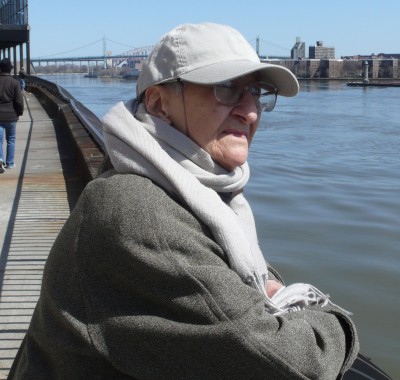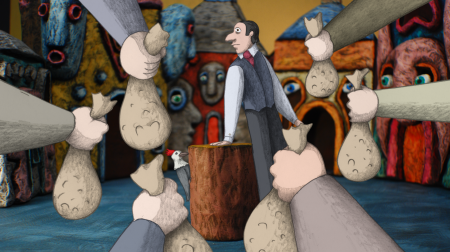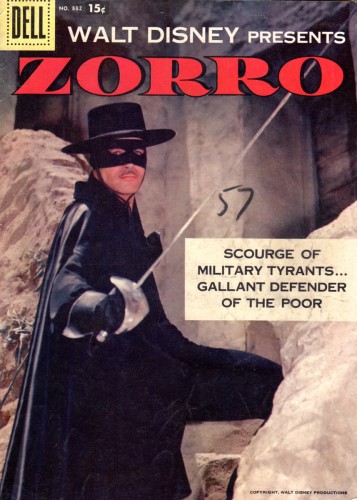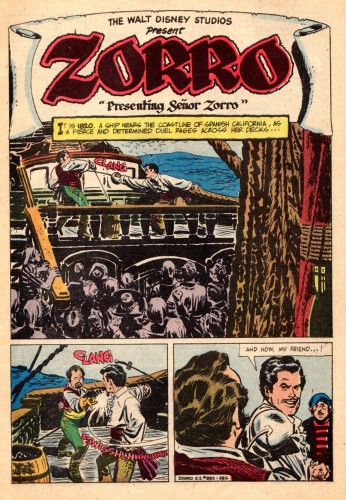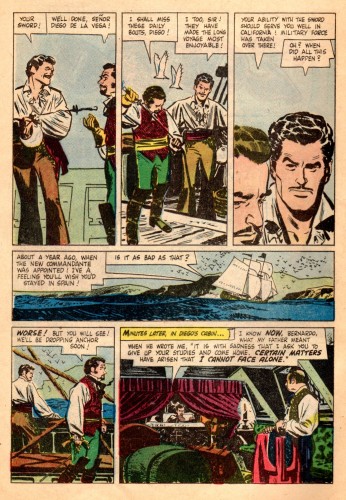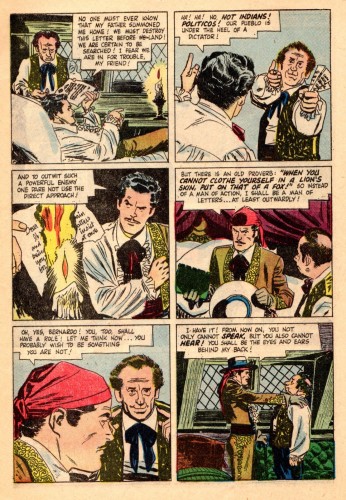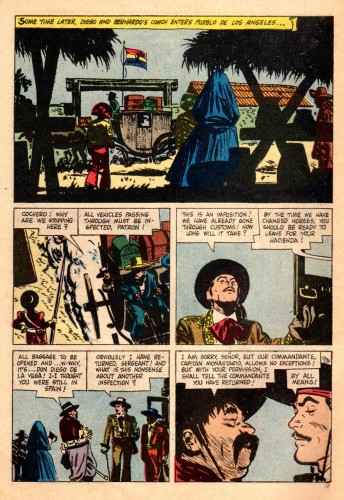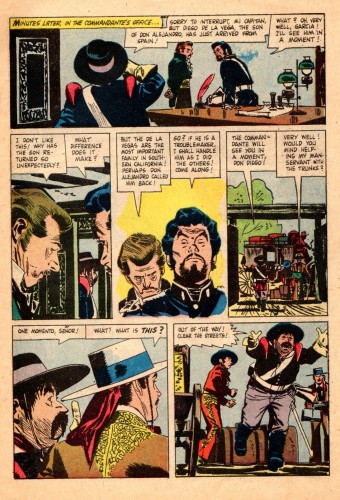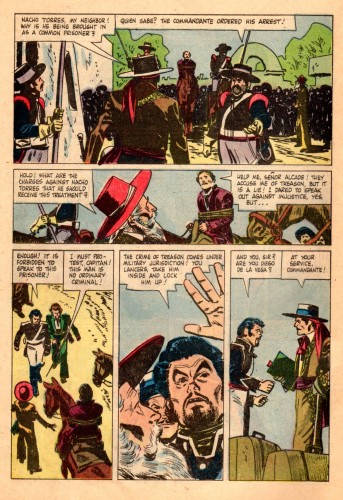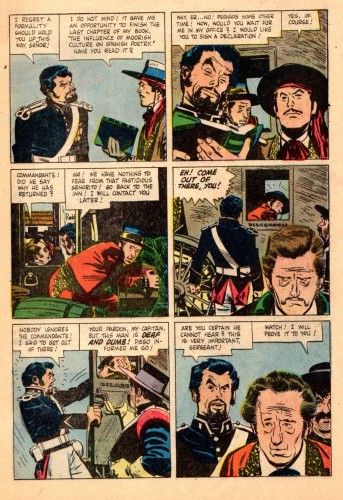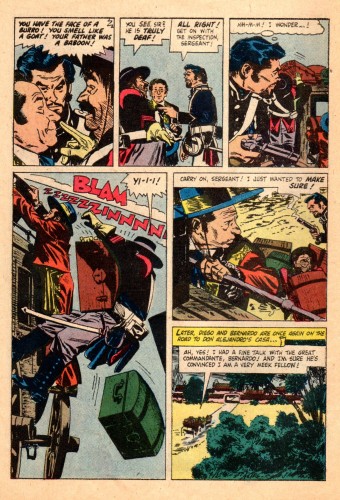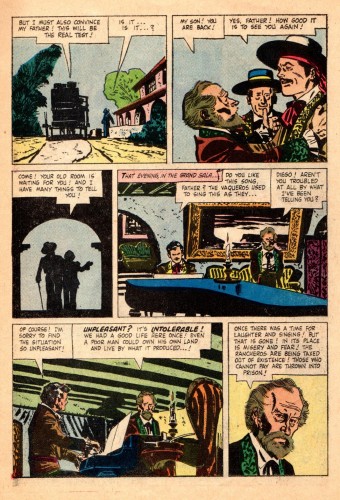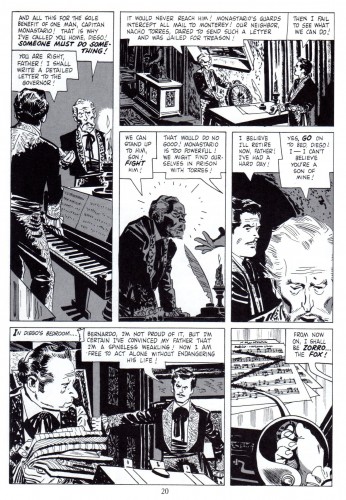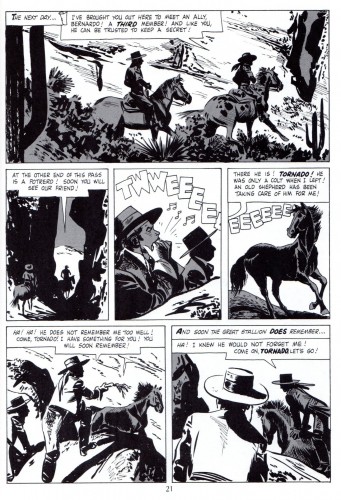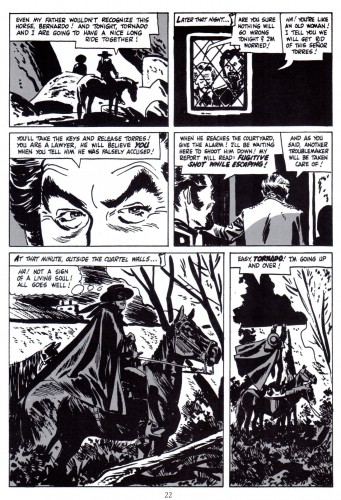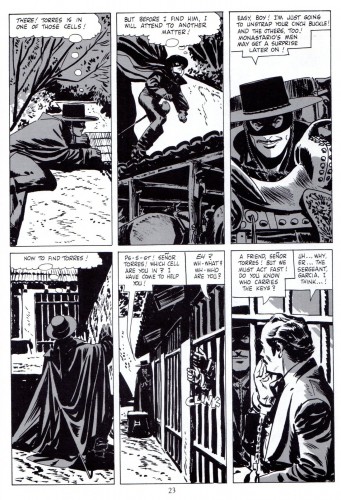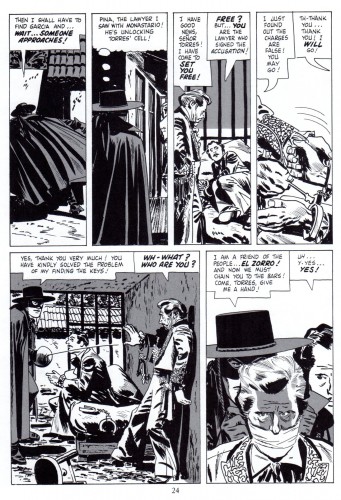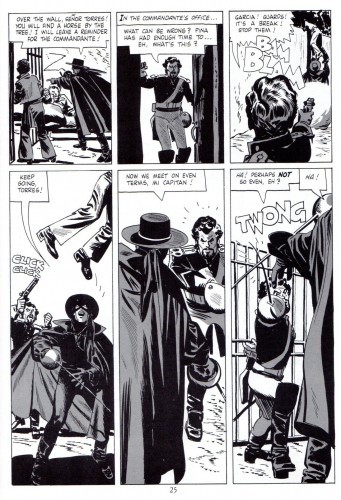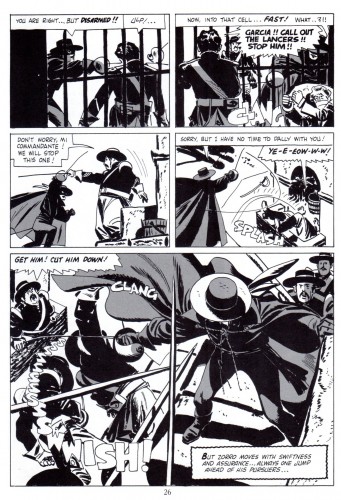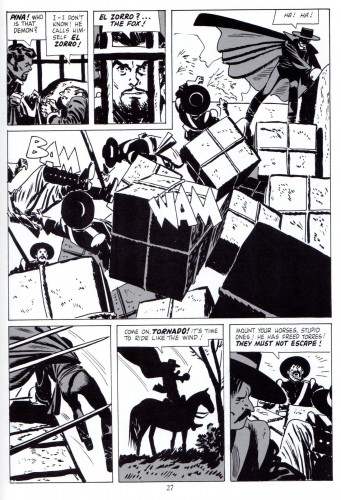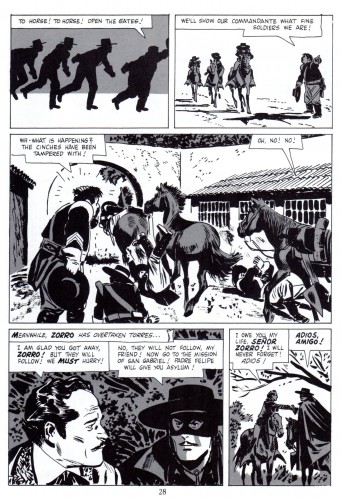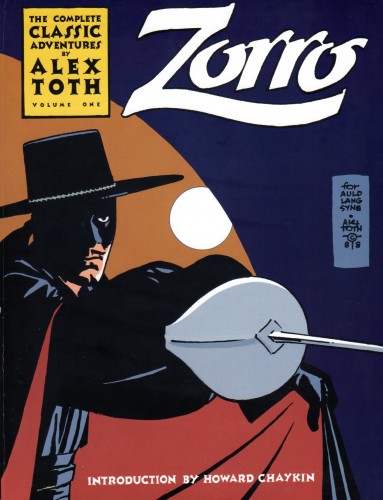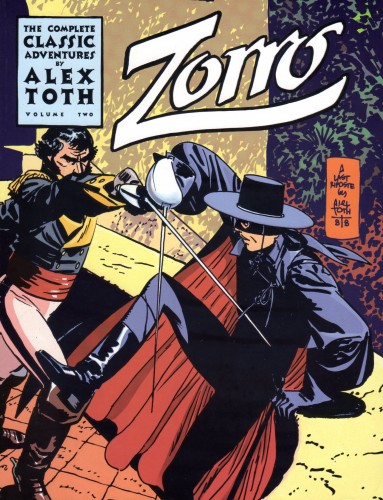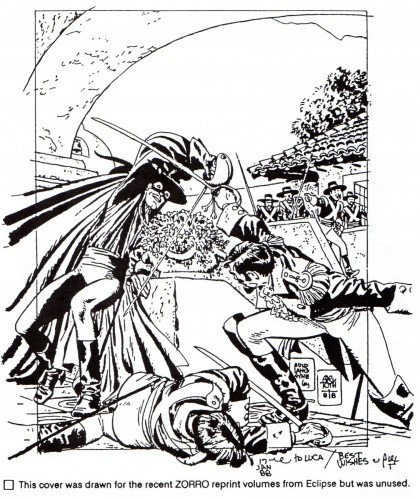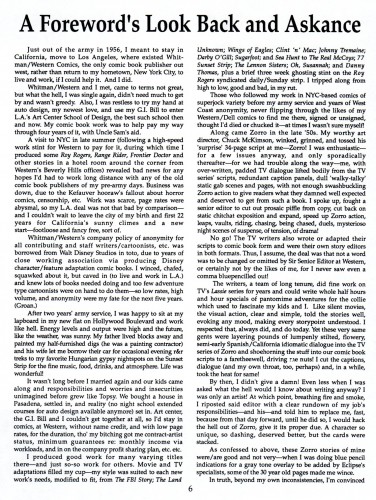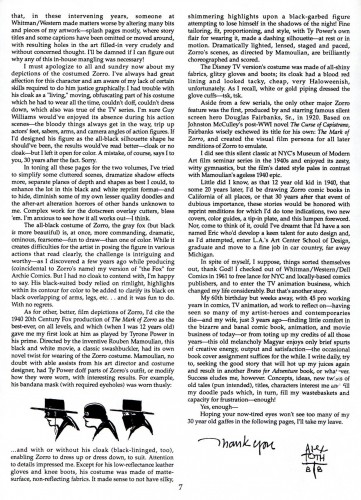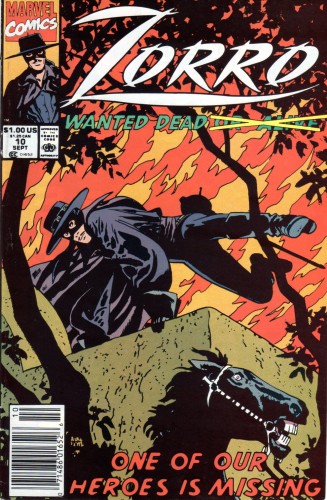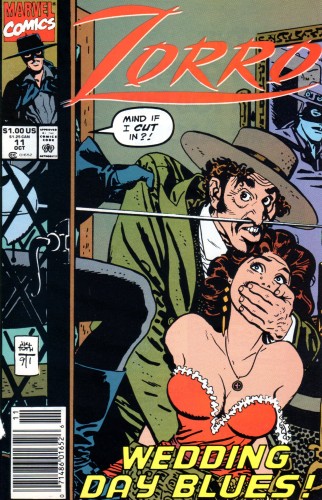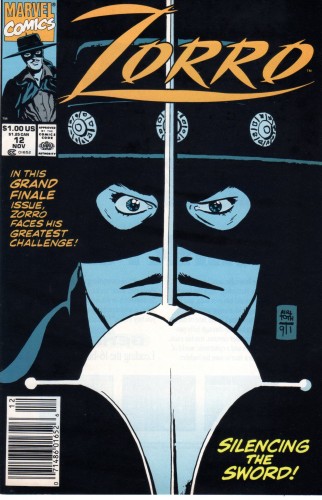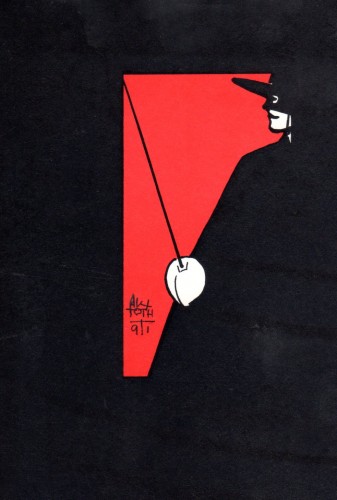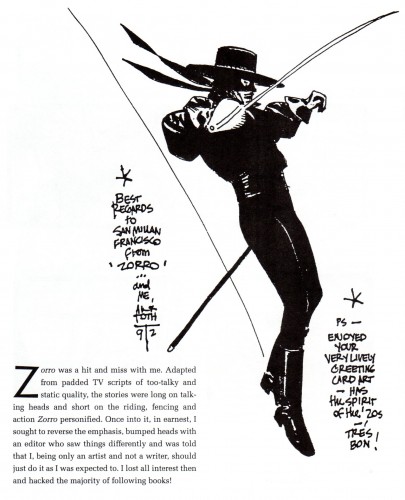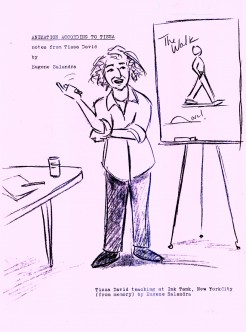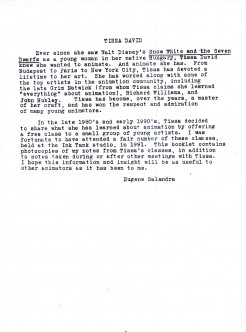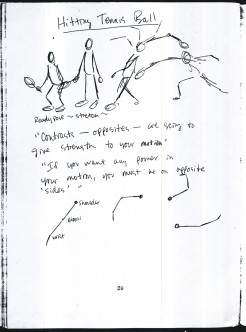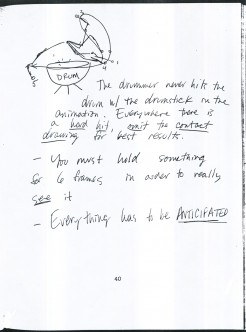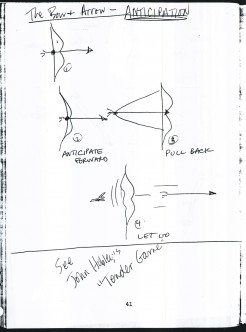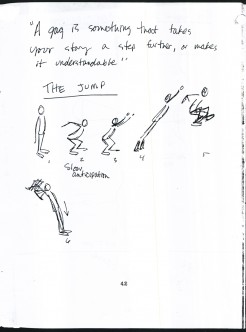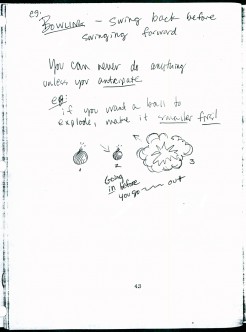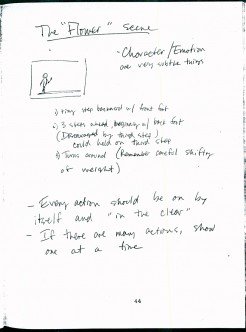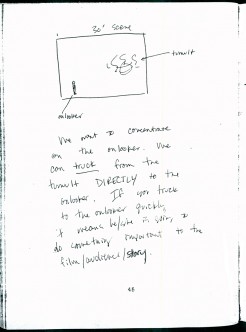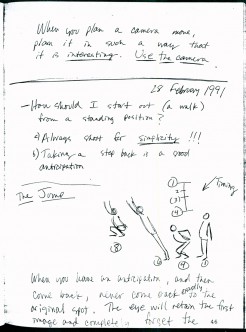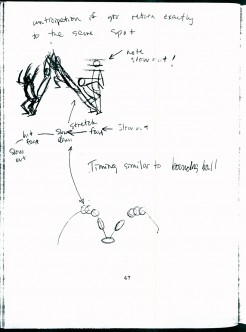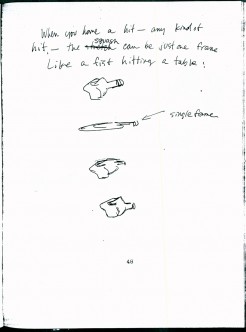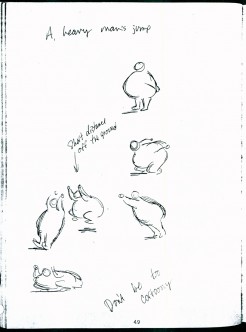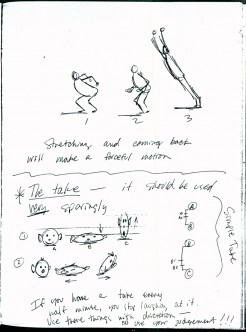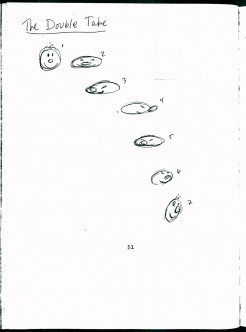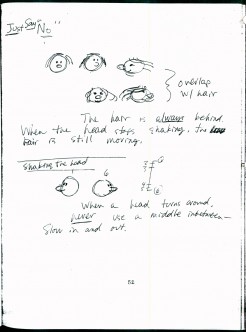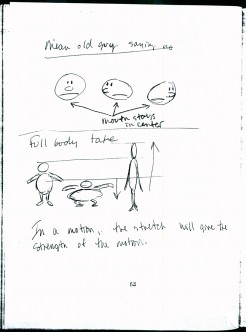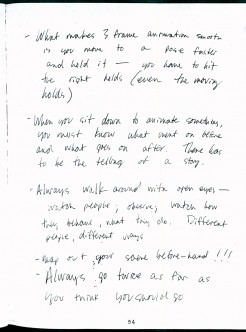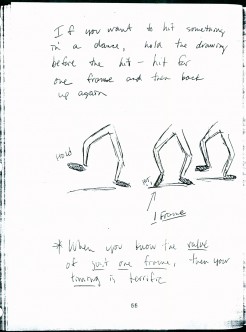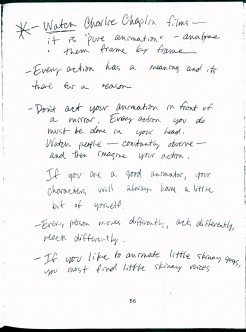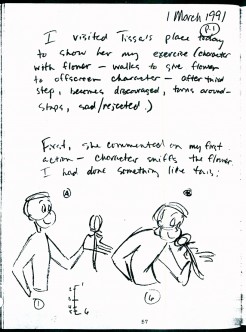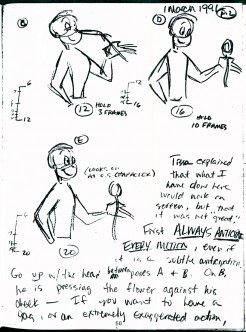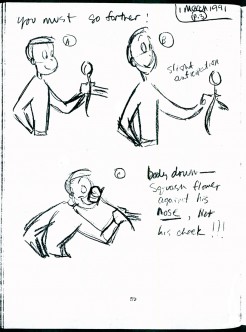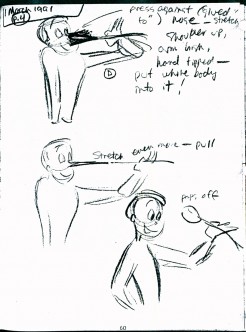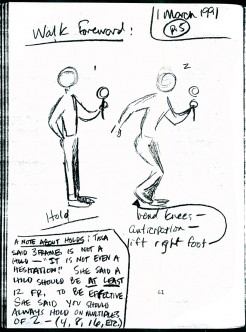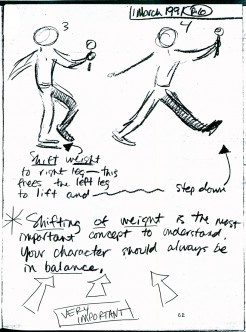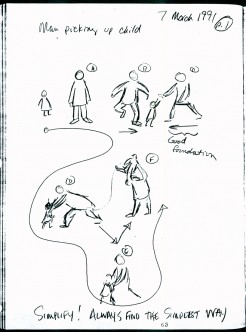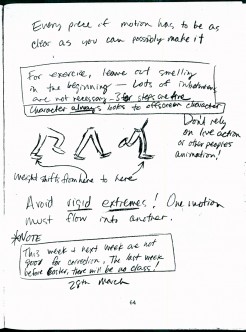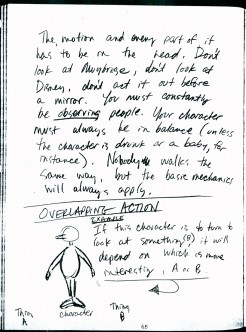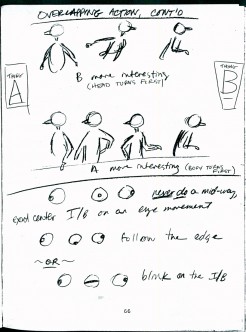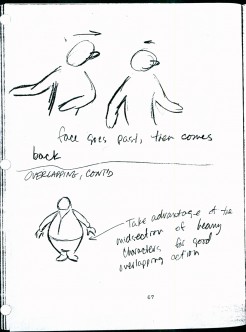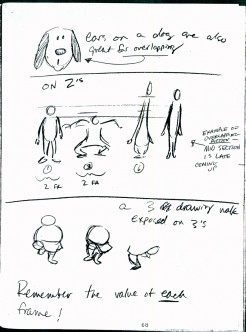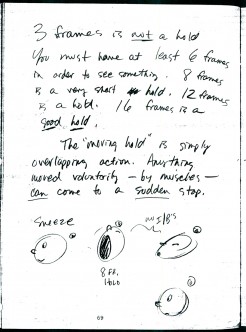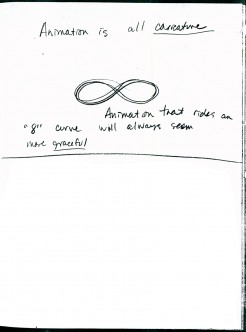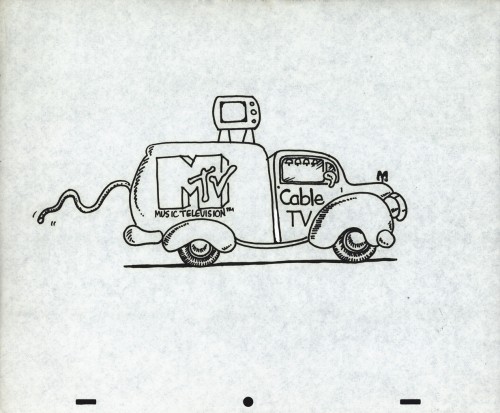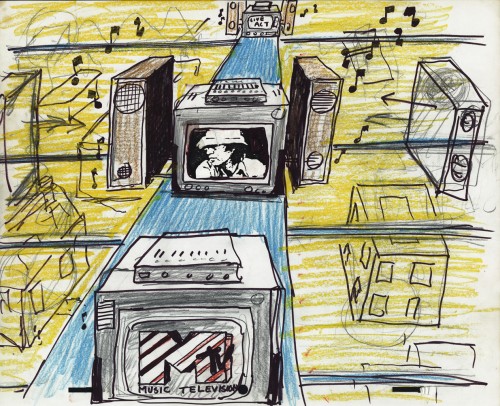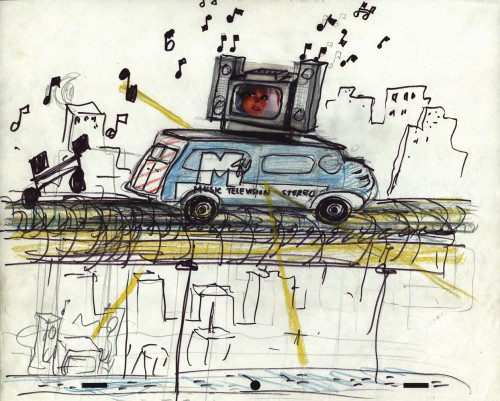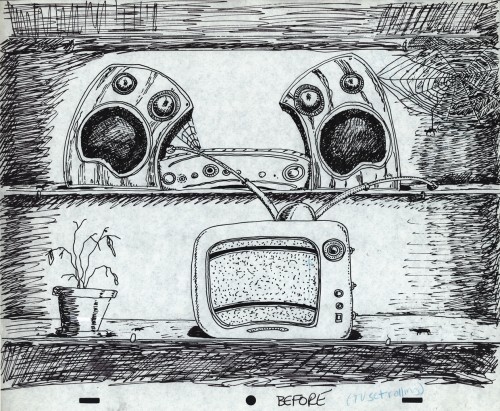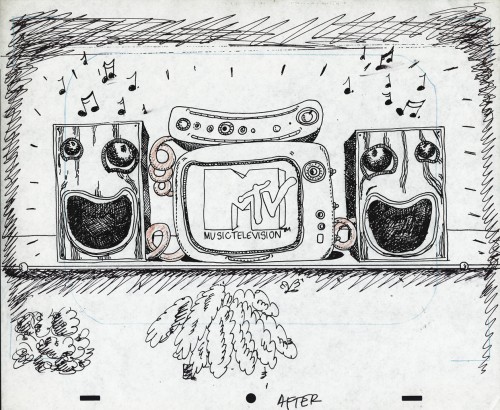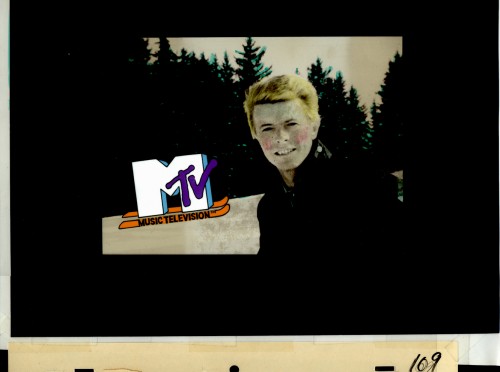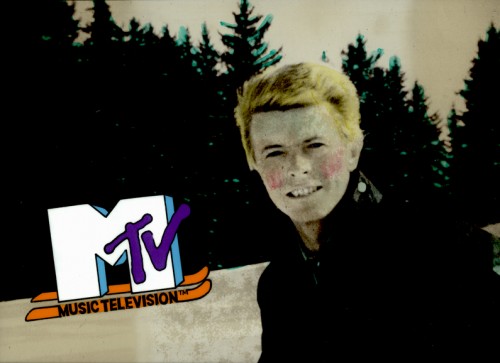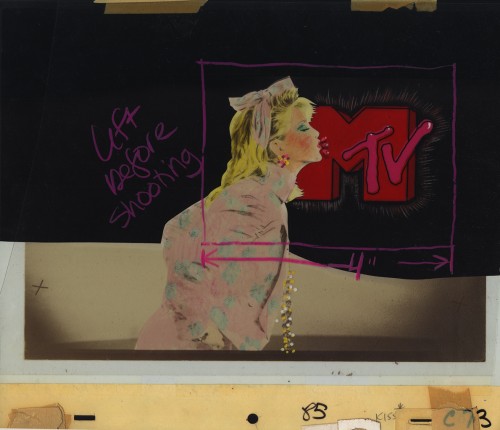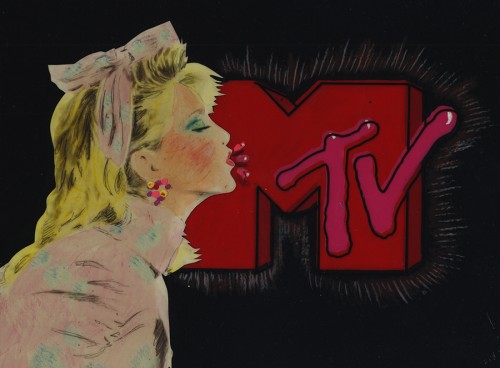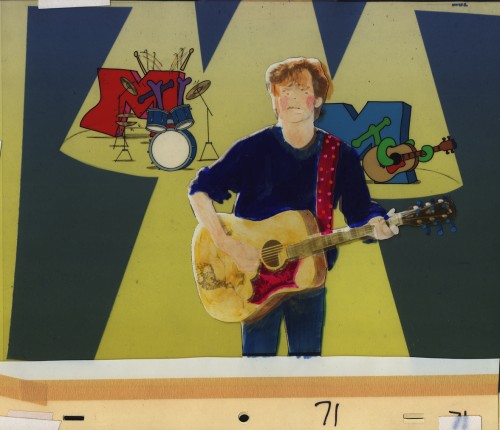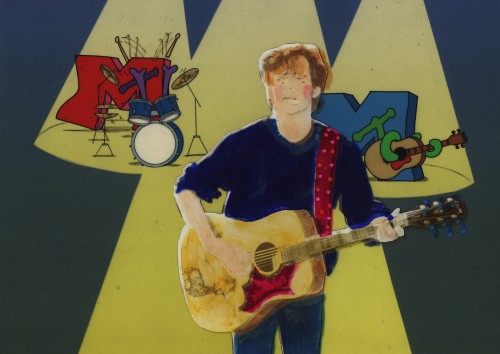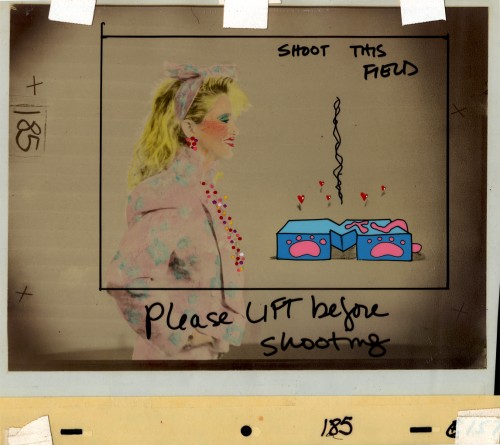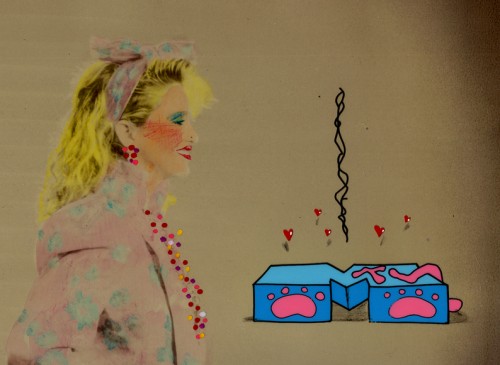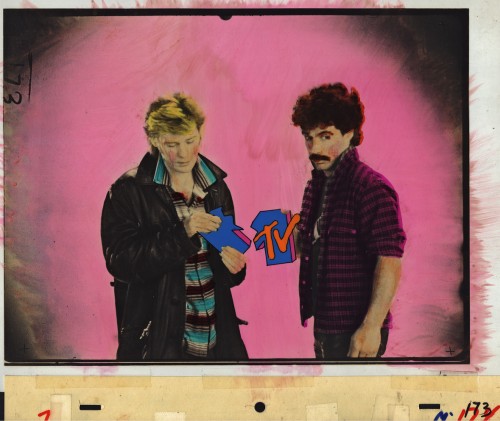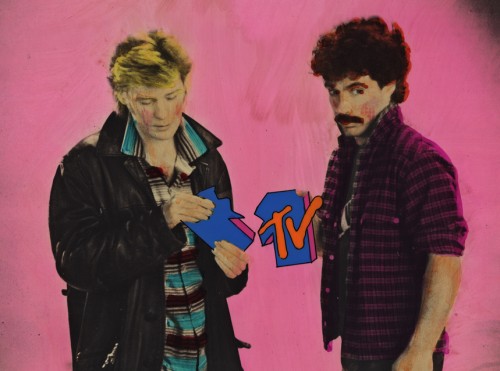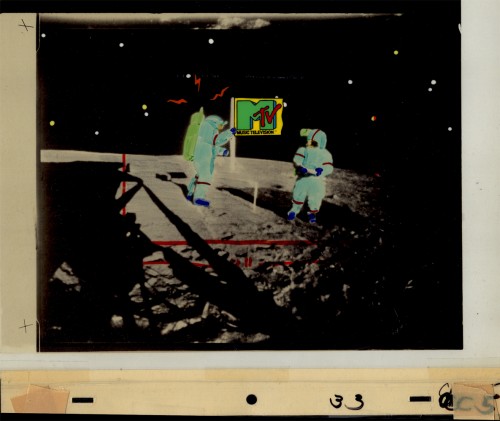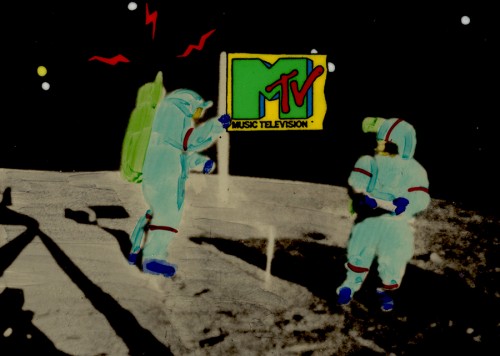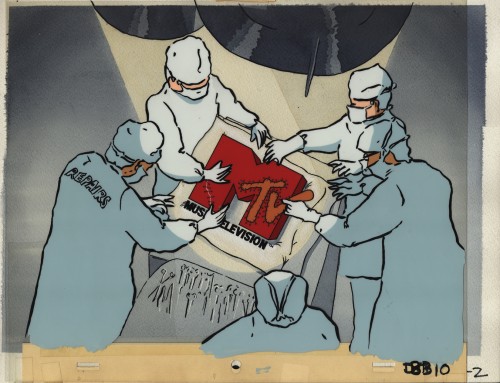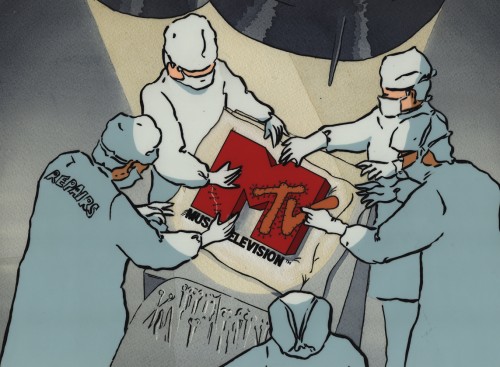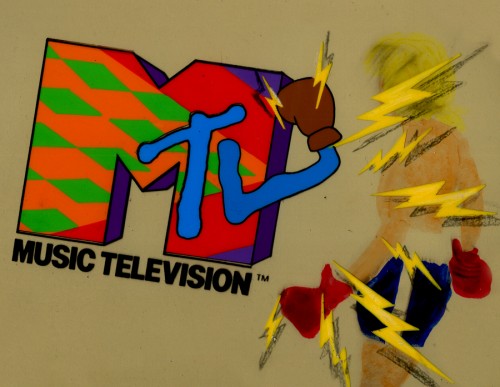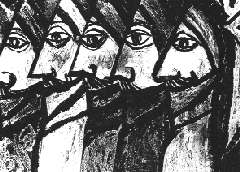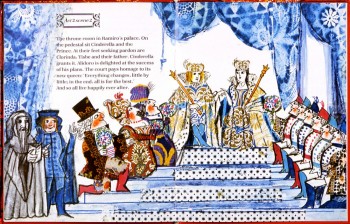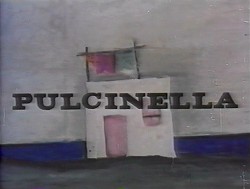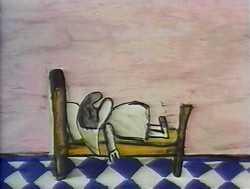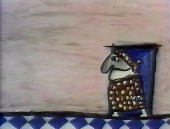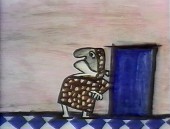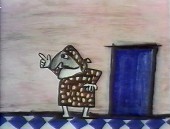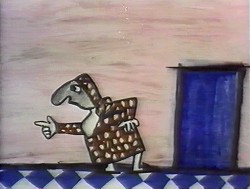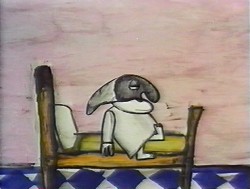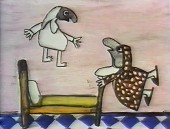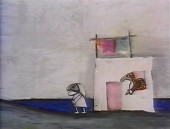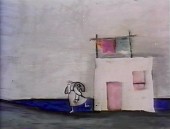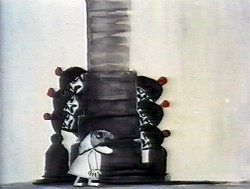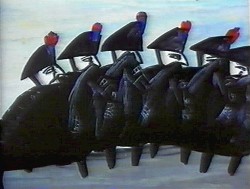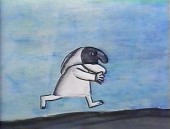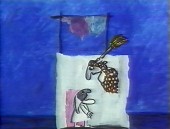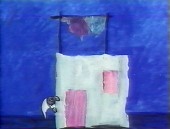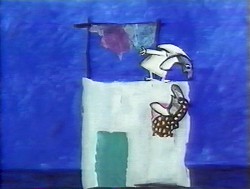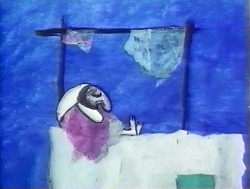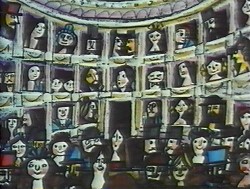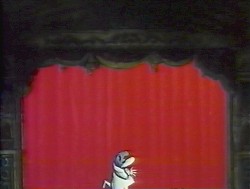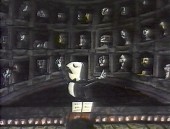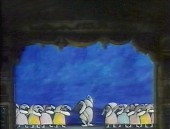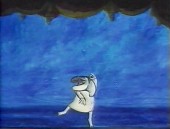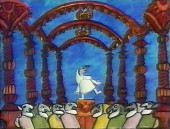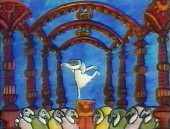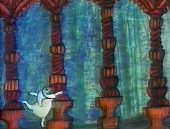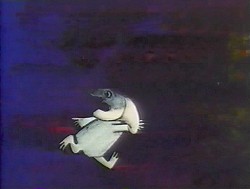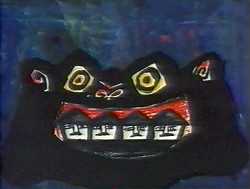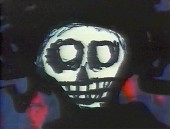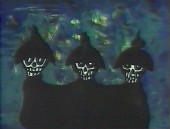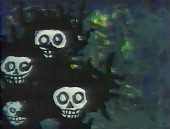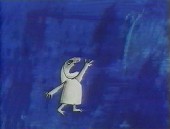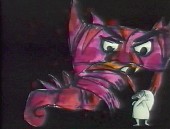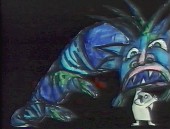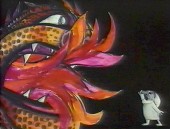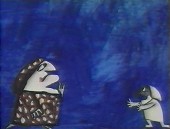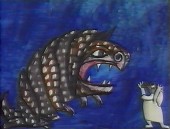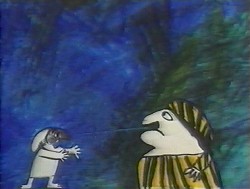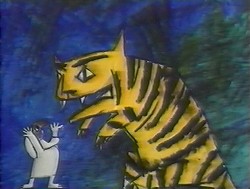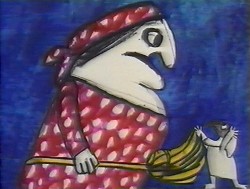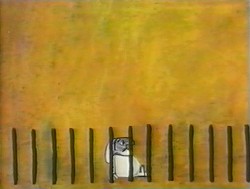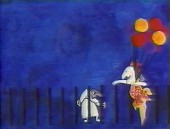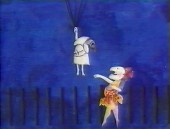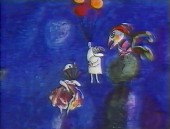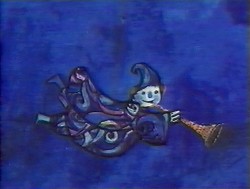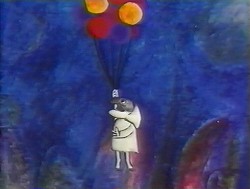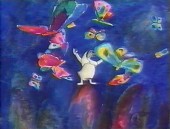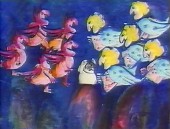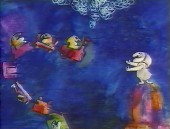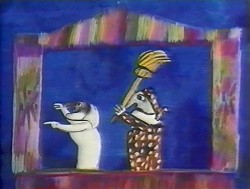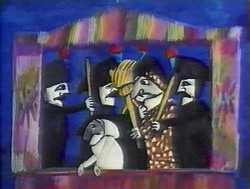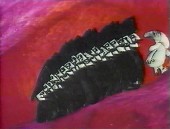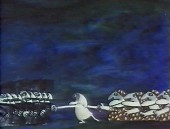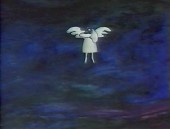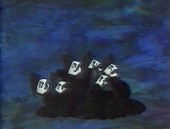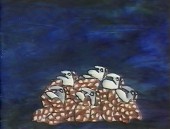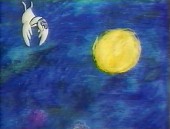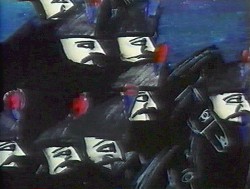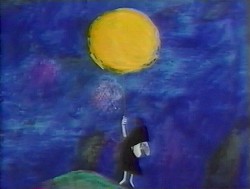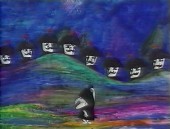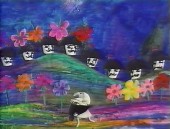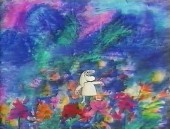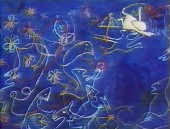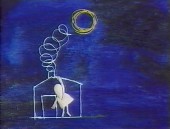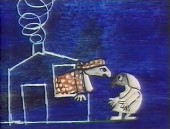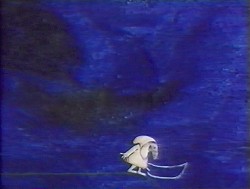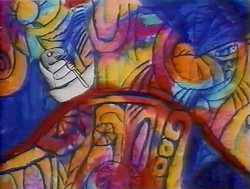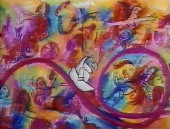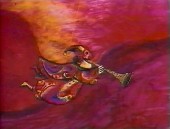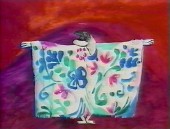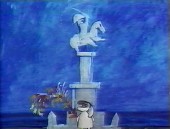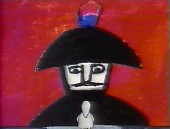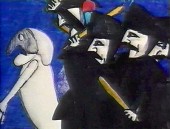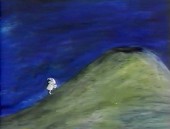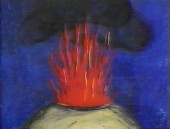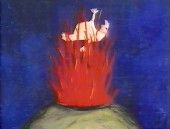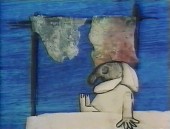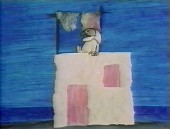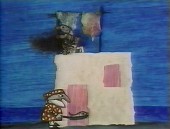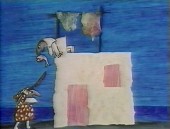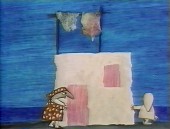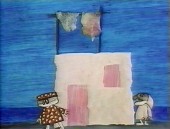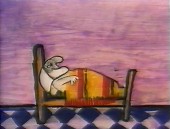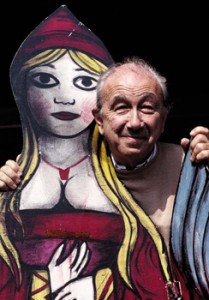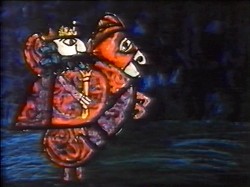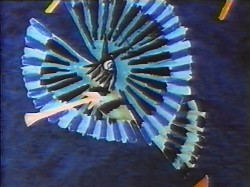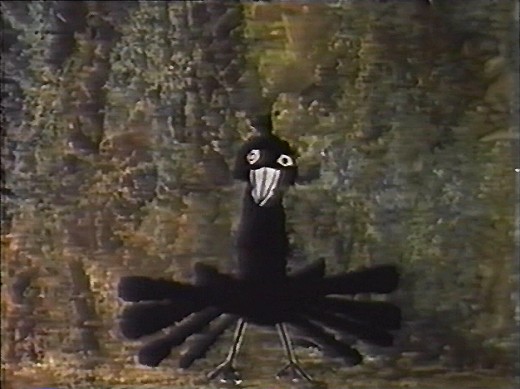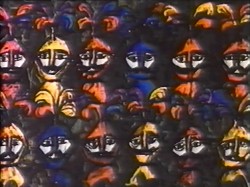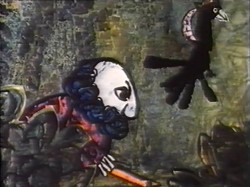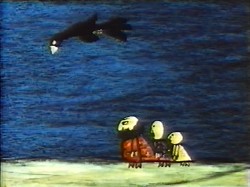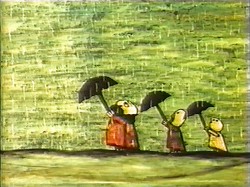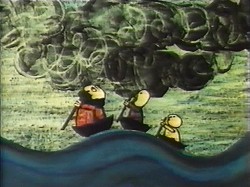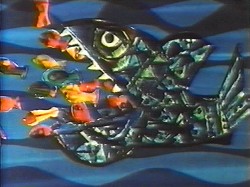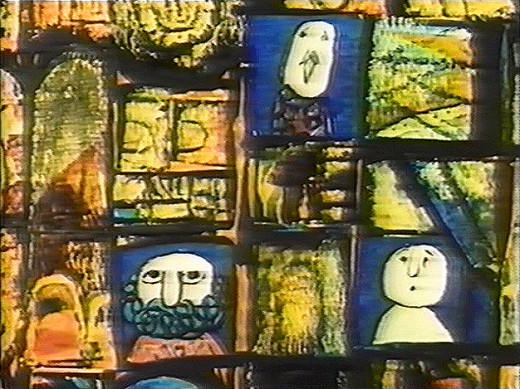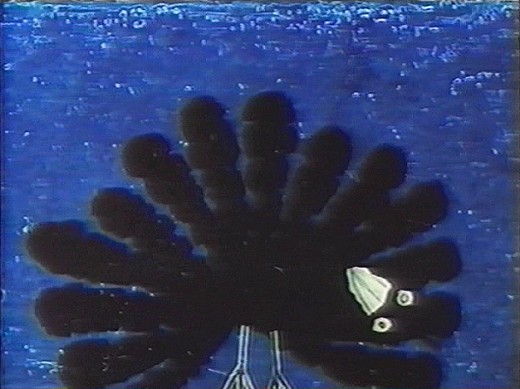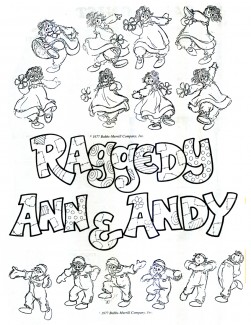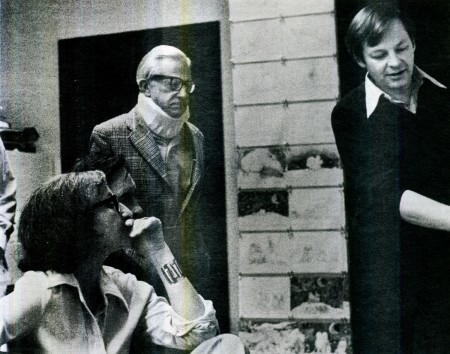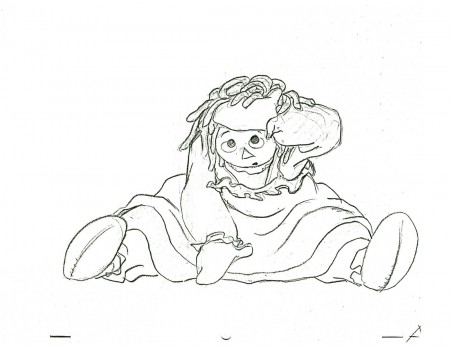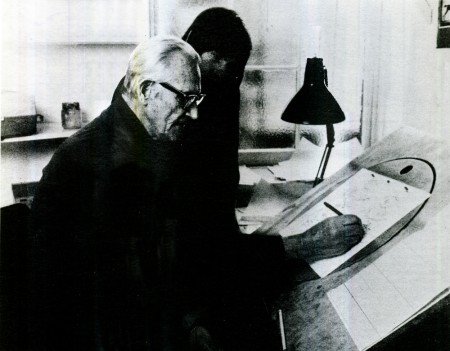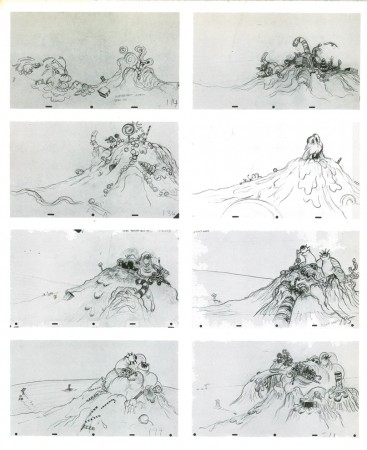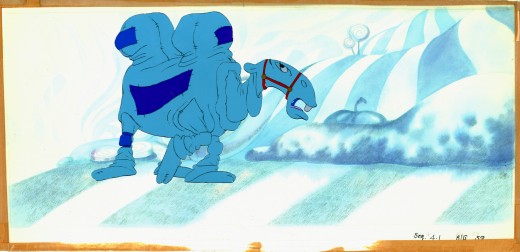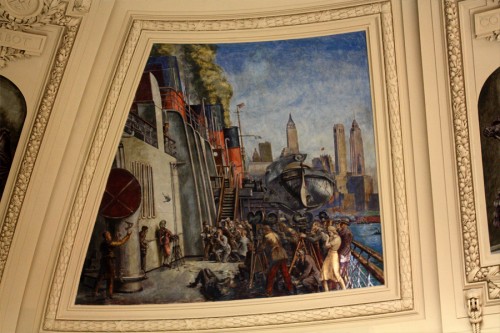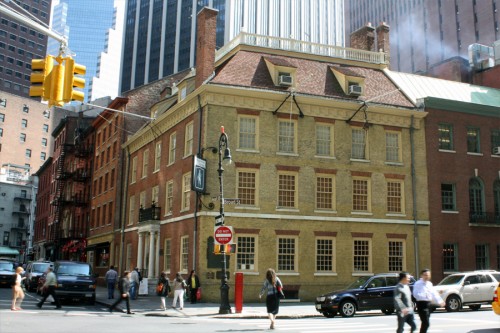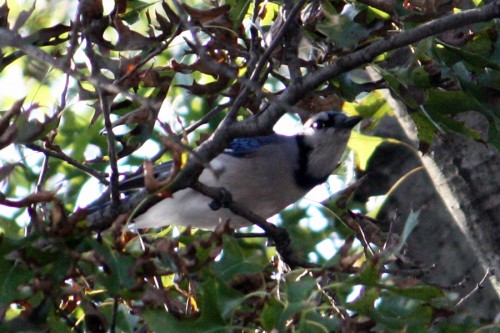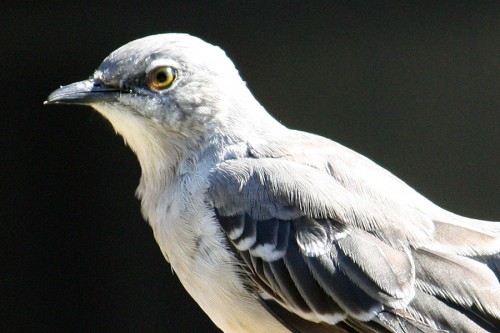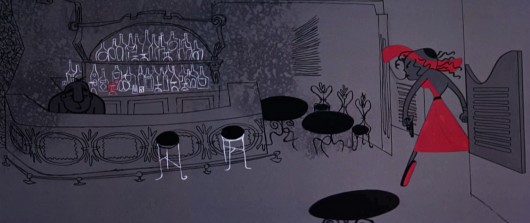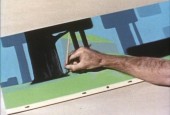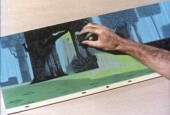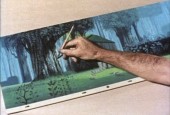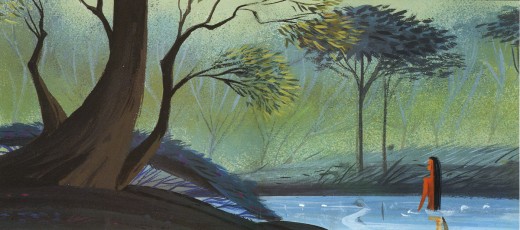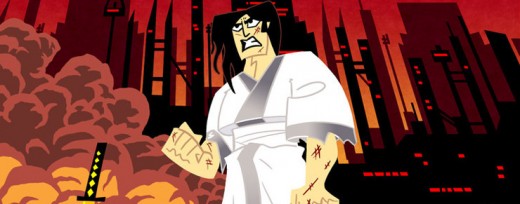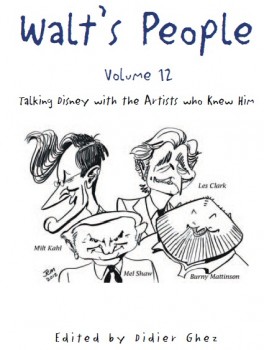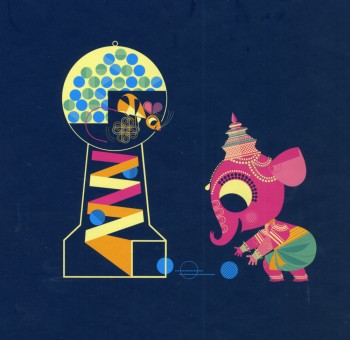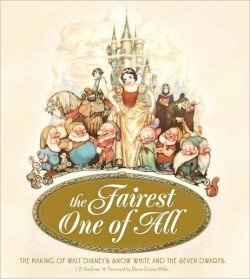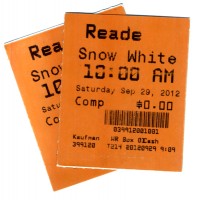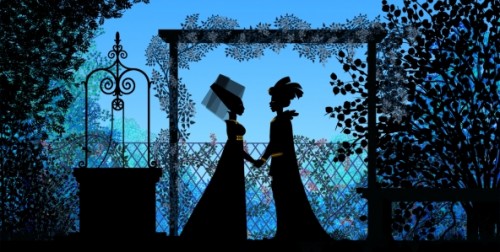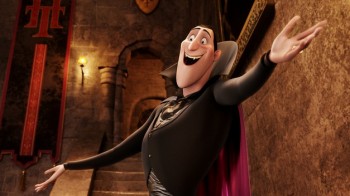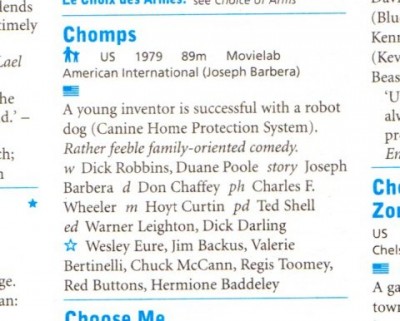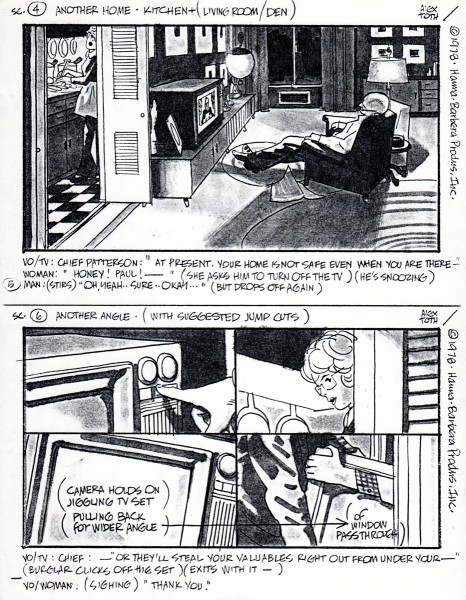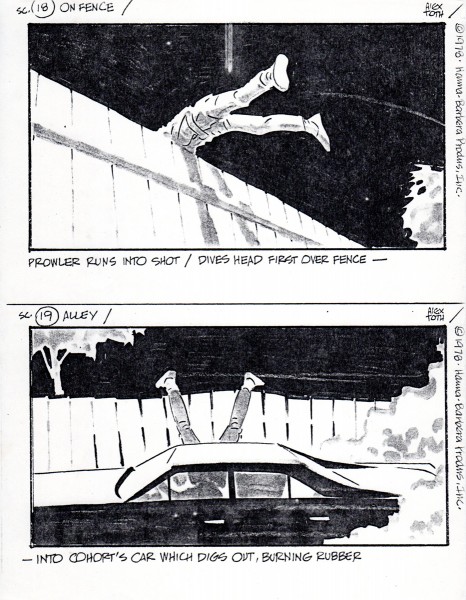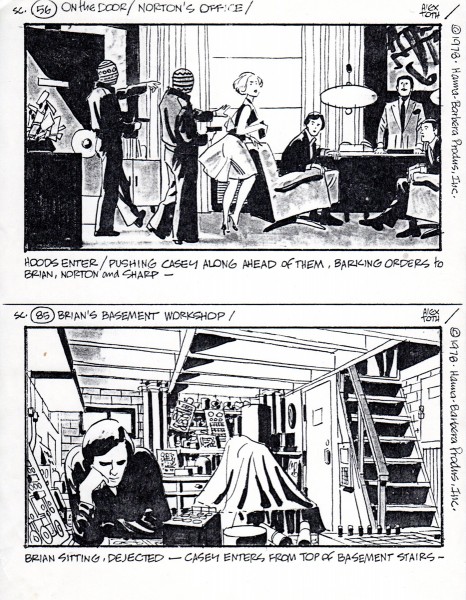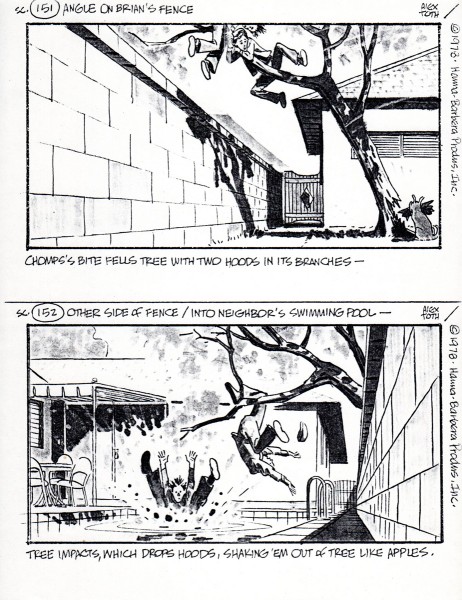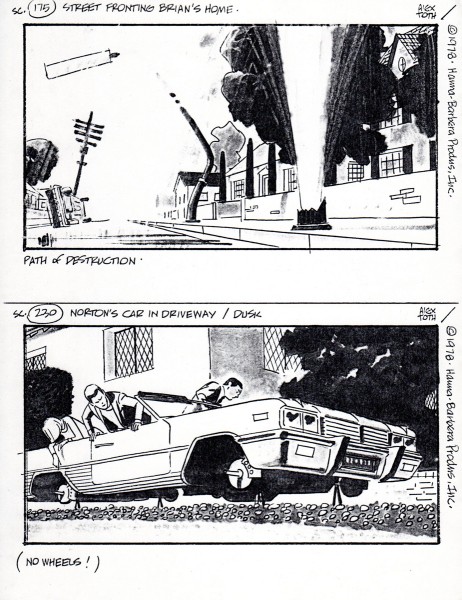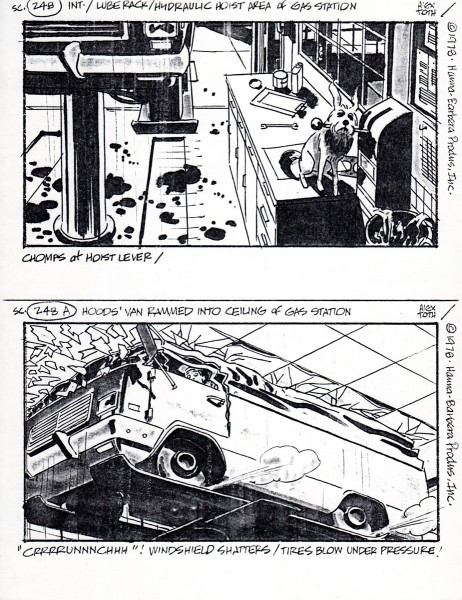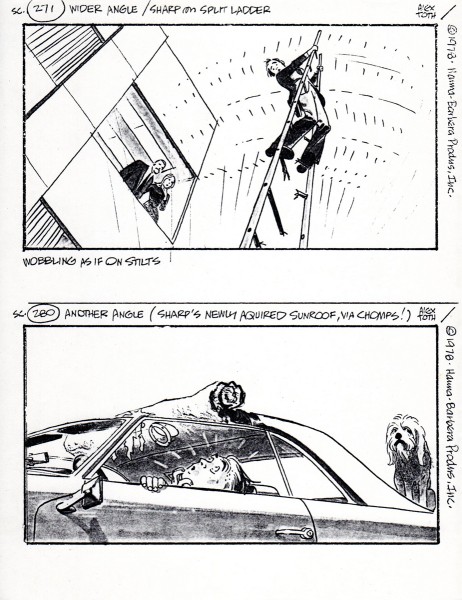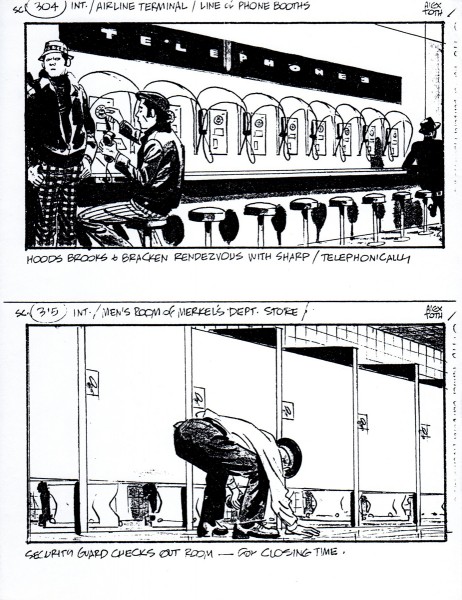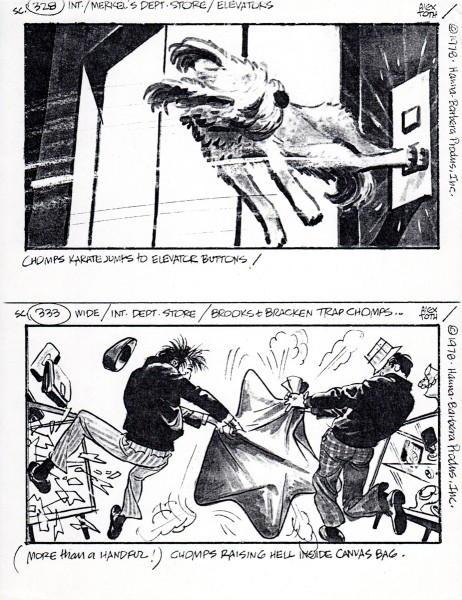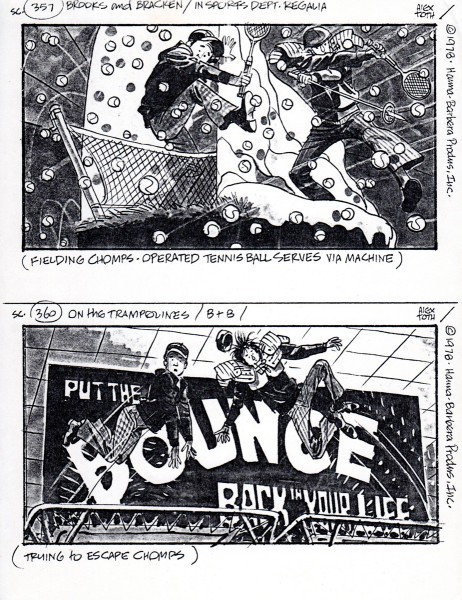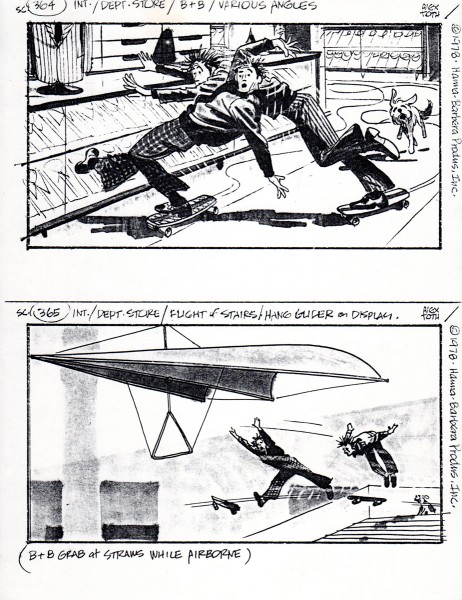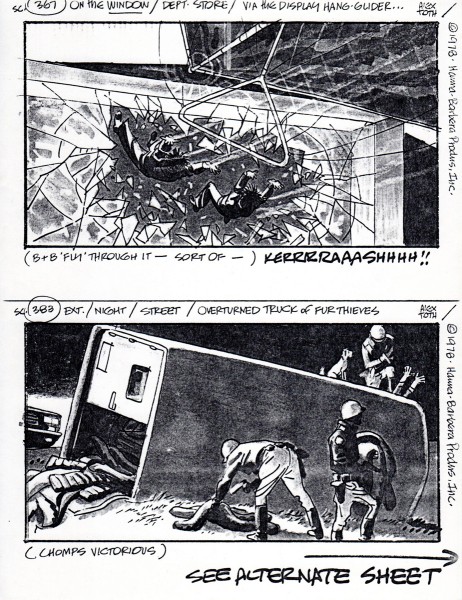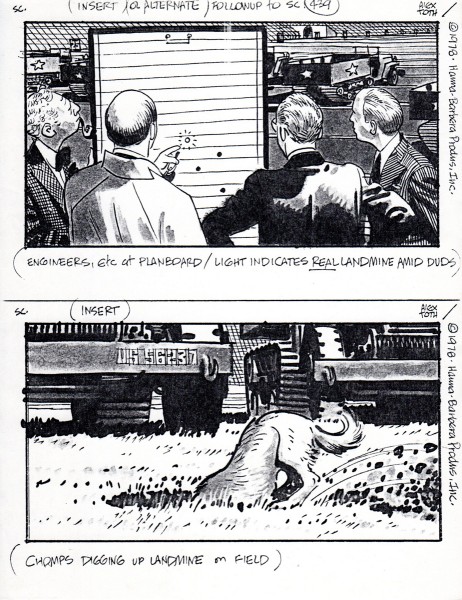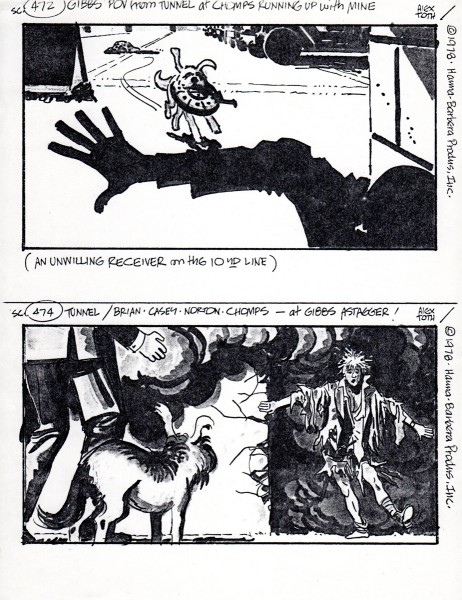Commentary 06 Oct 2012 07:29 am
Effectively Functioning
Predominantly, I’ve been completely absorbed by two things. Tissa David‘s memorial is just about organized. The rough cut of the film program has been assembled, and I’ll hand it off to my favorite editor, Paul Carrillo, who will add some rhythm and grace. Tissa deserves that much from me.
I need to thank Candy Kugel for offering her facility to put this together. It was a lot of work. Thanks also to Rick Broas for doing so much of the technical work that I have no facility to handle. He does and did it with a lot of patience and positive energy.
Other than that I am wholly focused on the introduction to POE, my feature film trying to find a start. I’m completely entrenched in these scenes and work them over and over trying to find the right way to give them birth. I love it and look forward to getting financing soon to really get it under way.
A lot, other than that, has had to do with scanning and planning for this Splog. Today I put together a gem of a piece. We found some incredibly rare pieces among Vinnie Cafarelli‘s archive of material. Some Fleischer and Famous leftovers were found and prove amazing. Look forward to that this coming Wednesday.
Signe’s Rocks
Signe Baumane has one of my favorite blogs on the internet, and I’ve been writing about it for years. She is such a unique and individual writer, and there’s a lot to be gained from reading what she has to offer. Every Tuesday she writes about her film in production, about her depression (the subject of the film), about her life and about art & animation in general. It’s always a good read.
Signe is primarily an animation artist who’s done some half dozen films and is now working on her magnum opus, a feature length animated film called Rocks In My Pockets. This week, on her blog she wrote about a trailer just completed and she posts that trailer. The film combines 3 dimensional backgrounds for many sections under the 2D animation. It has a great look and has me patiently waiting to see more and more until I can finally see the whole film. The trailer doesn’t include any of the 3D backgrounds, which I’m sorry to report. That is such a good look with constructed backdrops that have a distinct style that makes the film look very rich. I feel like she might be underselling it with only the 2D art. You can see samples of the look on some of her past posts (e.g: here and here and you can read about the set design and construction here).
Anyway, here’s her trailer:
WORK IN PROGRESS TRAILER from Signe Baumane on Vimeo.
You can read her blog about the making of the trailer here.
Signe is financing the film on a wing and a prayer. She often writes about the problems of fund-raising on the blog. She’s built a “Donate” button into her website in case you want to send her $10 or $1000 (or anything above, below or inbetween those amounts) to help out. I heartily recommend you do this if you can spare a couple of dollars. You’ll be supporting the arts and a project well worth investing in. A movie ABOUT something. Go to her website, Rocks In My Pocket here.
Events
- This was a busy week. Something was happening almost every day, to the point where I was punking out of some of them.
Sunday there was a party at Amid Amidi‘s office space in honor of Priit Pärn visiting
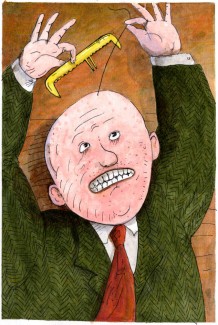 from Estonia. I hadn’t met Priit in the past at any festival. Id only seen about four or five of his films, but I have to admit that I’m not that big a fan. His work is somewhat chaotic and not really “character” animation. Stylistically, he never pulls me in and the substance is a bit too dense for me to the point of impenetrable. I always give the blame for such to myself for not being able to figure out what the filmmaker is trying to say, but when it happens with every one of the filmmaker’s films, I heed the warningand usually back away. That, I’m ashamed to say, is the case with me and Mr. Pärn’s films.
from Estonia. I hadn’t met Priit in the past at any festival. Id only seen about four or five of his films, but I have to admit that I’m not that big a fan. His work is somewhat chaotic and not really “character” animation. Stylistically, he never pulls me in and the substance is a bit too dense for me to the point of impenetrable. I always give the blame for such to myself for not being able to figure out what the filmmaker is trying to say, but when it happens with every one of the filmmaker’s films, I heed the warningand usually back away. That, I’m ashamed to say, is the case with me and Mr. Pärn’s films.
It was a pleasure meeting him, though. He’s truly a sweet man, and was very affable. I hadn’t heard in years from another Estonian, Rein Raamat, and was able to ask Priit if he knew what had happened to the older man. I knew he’d retired years back, but there’s only been silence, and I was afraid he’d died. No, it turns out he’s just retired. You could sense the discomfort there was in talking about the older man. Priit Pärn felt as though he were backing away while answering my questions. I imagine that’ll be the case when someone asks what had happened to me as I go off into the sunset drooling over my favorite Disney collectible.
The party Amid threw was great. A great crowd of people kept it entertaining, to say the least. John Canemaker & Joe Kennedy, George Griffin, Debbie Solomon, Candy Kugel, Emily Hubley with husband, Will Rosenthal, Leah Shore, Richard O’Connor, Liesje Kraai, and,of course, Celia Bullwinkle. There were, naturally enough, plenty of others, but these are they who pop into my mind as I write away.
Many thanks to Amid for hosting the fine event.
On Tuesday, The Princess Bride got a grand resuscitation from the New York Film
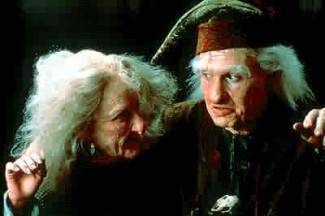 Festival as it honored Rob Reiner’s live action fairy tale. Actually it was an Academy reconstructed print, which is why I was invited. I’m not a fan of the film and had a hard time sitting through it again, but the Q&A was everything that night. On stage was director, Rob Reiner, writer, William Goldman, actors Cary Elwes, Robin Wright, Billy Crystal, Wally Shawn, Mandy Patinkin, Chris Sarandon, and Carol Kane. Rob Reiner was affable but slowly trned into a ham then a pig as he started to answer questions even when others were called upon to respond. He was oblivious to the audience laughing AT him at a couple of points. Billy Crystal, on the other hand, was truly funny. He kept everything moving smoothly with a great sense of humor. Mandy Patinkin was gracious honoring André the Giant the Giant who’d died in 1993. The hot spot was Cary Elwes who had a charming sense of humor with a number of funny bits.
Festival as it honored Rob Reiner’s live action fairy tale. Actually it was an Academy reconstructed print, which is why I was invited. I’m not a fan of the film and had a hard time sitting through it again, but the Q&A was everything that night. On stage was director, Rob Reiner, writer, William Goldman, actors Cary Elwes, Robin Wright, Billy Crystal, Wally Shawn, Mandy Patinkin, Chris Sarandon, and Carol Kane. Rob Reiner was affable but slowly trned into a ham then a pig as he started to answer questions even when others were called upon to respond. He was oblivious to the audience laughing AT him at a couple of points. Billy Crystal, on the other hand, was truly funny. He kept everything moving smoothly with a great sense of humor. Mandy Patinkin was gracious honoring André the Giant the Giant who’d died in 1993. The hot spot was Cary Elwes who had a charming sense of humor with a number of funny bits.
The afterparty was a bust. Loud, overcrowded and irritating it didn’t take long for me to leave. They sent us away with a Goody Bag that included a book of the script filled with scrap from the film lots of stills, artwork of the sets and plenty of information if you’re a fan. They also gave us a T-shirt and as well as a Blue Ray copy of the movie. (I still don’t have a player) I was pleased to give away the bag to someone who really appreciated it.
 Wednesday was the height of the week – a TV night. The Yankees were playing for the championship of the AL East. If they won they got it; if the lost and Baltimore won they were just a team with a one-game playoff to go on Thursday. Yankees won, Baltimore lost.
Wednesday was the height of the week – a TV night. The Yankees were playing for the championship of the AL East. If they won they got it; if the lost and Baltimore won they were just a team with a one-game playoff to go on Thursday. Yankees won, Baltimore lost.
Then the highlight of the night. The first Presidential debate aired from Colorado. Romney got the chance to look Presidential as he stood alongside the real President. The format went out the window as Romney ignored Jim Lehrer and fought him time after time after time. Obama curled up into a ball and didn’t fight for what he believed in. Romeny just kept lying and changing his opinion on everything. He’s been politicking on a tax cut for the rich these past 9 months, now he says that that’s not what he’s doing. I give up. Obama just stood there with his head down taking notes, for some reason. I got so frustrated by his performance that I was about ready to change the channel.
At least the Yankees knew how to win.
Thursday saw two films: The Paperboy starred Matthew McConaughey, Zac Efron, John Cusack, and Nicole Kidman. Lee Daniels directed his second film. (Precious was his first two years ago.) This film was a mess and tried so hard to be an artfilm. Trashy characters mix with each other until half of them are dead. Macy Gray was one of the only spots of dignity in it.
and
The Eye of the Storm is an Australian film starring Geoffrey Rush, Judy Davis, and Charlotte Rampling. It was directed by the pro, Fred Schepisi. This was a very well acted film. Judy Davis was near brilliant even though the script wasn’t as strong as it might have been. I really found enjoyment with the interplay of the characters and the actors who inhabited them.
I saw Bill Plympton at this screening and invited myself to his loft to say hello to his newborn baby boy. I’ll try to make it there this week.
Lots of screenings and parties and whatnot are on the schedule for the next week or so. I’m amazed with how much the Academy has been involved in the New York Film Festival this year. I’m also pleased with it.
Frankenweenie Reception
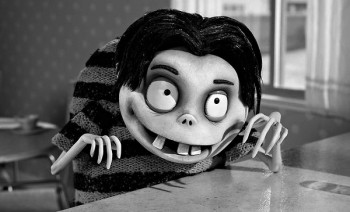 Frankenweenie opened in NY yesterday, though I won’t get to see it until next Thursday (and will review it after I see it.) The film received some of the best reviews this year for an animated feature. Nationally, Rotten Tomatoes gives it an 85% rating.
Frankenweenie opened in NY yesterday, though I won’t get to see it until next Thursday (and will review it after I see it.) The film received some of the best reviews this year for an animated feature. Nationally, Rotten Tomatoes gives it an 85% rating.
Elizabeth Weitzman in the NYDaily News gave it four **** stars and called it a “Frankenweenie Delight.” The lst lines of the review are: “Despite the gently macabre tone, there are no gratuitous scares or elbow-nudging ironies. Just a witty, warm appreciation of cinema, science and the creativity of childhood.
___________________________________________What a rare and welcome treat.”
A.O. Scott in the NYTimes praises the film lightly but pulls back at each bit of praise. “The delights of “Frankenweenie†are abundant and real. Its opening scenes are beguiling in their strangeness, and its climax is wild and hilarious. But the movie, a Walt Disney release, also feels tame and compromised, a tissue of safe pop-culture allusions rather than an inspired, audacious engagement with older movies.”
Lou Lumenick in the NYPost gives it 3½ stars and fine praise. “‘Frankenweenie’’ is Tim Burton’s best film in years. With this expanded, beautifully realized and highly entertaining animated version of his famous 1984 live-action short about a young loner and his resurrected dog, Burton, whose films have gotten progressively more overblown and overproduced, goes back to ghoulish basics. It’s an endearingly modest and affectionate tribute to the classic 1930s monsters and their influence on daydreaming kids like Burton who grew up in suburbia four decades later.”
The Village Voice‘s Chris Packham has only high tribute to the film. “Frankenweenie Awakens the Pleasures of Reanimation” “Frankenweenie . . . is tight and brief, hitting all the marks you’d expect from an animated kid’s film, and enlivened by Burton’s visual style. The man should make more small movies like this one.”
One wonders what will happen to Adam Sandler‘s successful feature, Hotel Transylvania. (Interesting that I instinctively tought of this as Adam Sandler’s film and not Genndy Tartakovsky‘s film.) Will Frankenweenie kill this or vice versa? We’ll know by Sunday.
Hubley Films
- There will be an extensive program of Hubley films screened at The Museum of Arts and Design on Friday, Oct. 19th. The films to be screened are a large mix of those done by John, Faith and Emily Hubley. They include:
- Adventures of an Asterisk
1957, Dir. John & Faith Hubley
The Hat
1964, Dir. John & Faith Hubley
Eggs
1971, Dir. John & Faith Hubley
Cockaboody
1973, Dir. John & Faith Hubley
The Tender Game
1958, Dir. John & Faith Hubley
Time of the Angels
1989, Faith Hubley
Her Grandmother’s Gift
1995, Dir. Emily Hubley
Witch Madness
2000, dir. Faith Hubley
Pigeon Within
2000, dir. Emily Hubley
Northern Ice Golden Sun
2001, Dir. Faith Hubley
Set Set Spike
2002, Dir. Emily Hubley
And/or
2012, Dir. Emily Hubley
details:
The Museum of Arts and Design
2 Columbus Circle, New York, NY 10019 on
Friday, October 19, 2012 – 7:00 pm
$10 general / $5 members and students
New Savannah
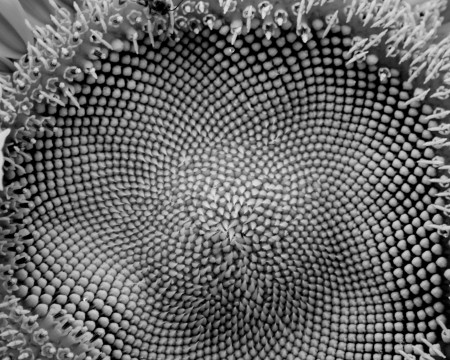
A photo by Bill Benzon which seems to work exquisitely on his site.
- Bill Benzon continues with some of the most intellectual theses and conversations on his blog, the New Savannah. Recently, I directed you to a lengthy piece about Dumbo which Mr.Benzon had reworked into a PDF which was available for the clicking.
Lately, he has written about many big concept ideas such as the lack of cartoon animals as a stand-in for humans in modern animation. Where’d the Animals Go? discusses this subject in earnest. From South Park to UP to the Simpsons to Brave, humans dominate. Animals are animals, as in How to Train Your Dragon.
He’s written about Cuteness (the Infant Schema). An analysis of Tweety and other big-headed, big eyed, sweet characters.
He’s written about Ratatouille and the discussion of man, vermin and food. This has stretched on to three nice-sized posts. In fact this is the heart of this film, and it’s quite adroit of Bill Benzon to go directly to that place to discuss the subject. This, it seems to me, is what he often does.
It’s also what makes his blog a regular read for me. (I also love many of the photos he posts along the way.) This is a site unlike any other. Intelligent conversation about cartoons. No, it’s not about how many lines Bugs Bunny ahs on the back of his gloves from cartoon to cartoon, but it talks about the abstract. Considering that all cartoons and cartoon characters are abstractions, it’s interesting that there are no others like this blog.
I’ve had a rare few of my films given the intellectual approach in reviews. A scholar of Hans Christian Andersen‘s tales delved deeply into a number of my updated Andersen tales and he gave them a quite positive review in his two books on the subject. These were done without my knowledge; I learned of them only when a reviewer’s copy arrived in the mail compliments of the author. I have to say these are the reviews I most treasure. The analysis of the thoughts that went into the films. Someday, perhaps, Bill Benzon may take some interest in my work. (hint, hint)
